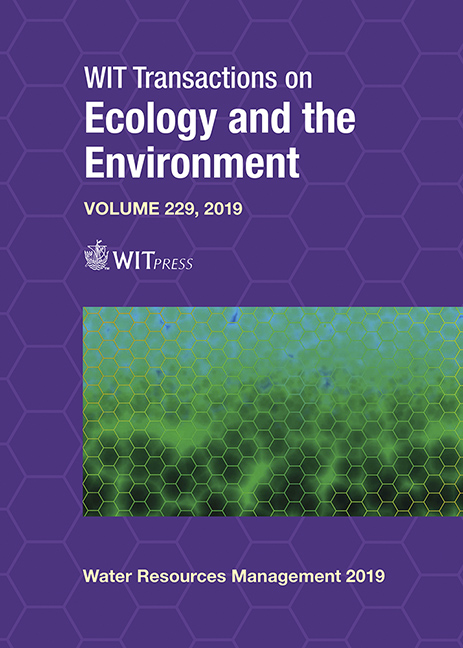INTEGRATED MODEL TO MANAGE WATER SCARCITY IN HIGHLY COMPLEX SYSTEMS OF SOUTH-EAST SPAIN
Price
Free (open access)
Transaction
Volume
229
Pages
12
Page Range
45 - 56
Published
2019
Paper DOI
10.2495/WRM190051
Copyright
WIT Press
Author(s)
ANTONIO JÓDAR-ABELLÁN, PATRICIA FERNÁNDEZ-ARACIL, JOAQUÍN MELGAREJO MORENO
Abstract
Nowadays, water demand is increasing continuously, which raises the pressure on available water resources around the world, in both quantity and quality. Moreover, the projected decrease of natural water inputs due to climate change denotes a new level of uncertainty. In particular, the south-east of Spain suffers from water deficit due to its aridity – irregular rainfall and high evapotranspiration rates – together with the competition between existing demands: environment, agricultural dynamics, urban-tourist activities and industrial sector. The study area is located in the Alicante province (SE Spain), where the administration of water management is carried out by several authorities at different scales as a result of a complex historical evolution of water governance schemes, at the national, regional, and local levels. This case study is focused on 21 municipalities and draws a conceptual model which is performed considering the different origins of the water inputs – surface resources, groundwater, desalination, wastewater reuse or interbasin transfers – and water demands with data from 16 different entities. The main results depict a general water scarcity of 72.6 hm3/year generating restrictions in urban growth and agricultural development. These findings provide useful information on water planning policymaking in order to face the shortage of water resources in a context of growing demand.
Keywords
integrated water management, water scarcity, conceptual model, Alicante (SE Spain)





